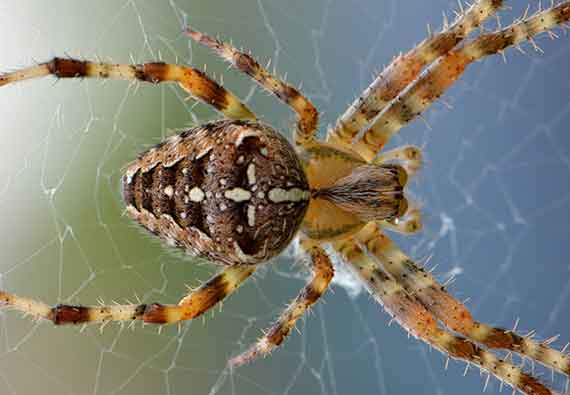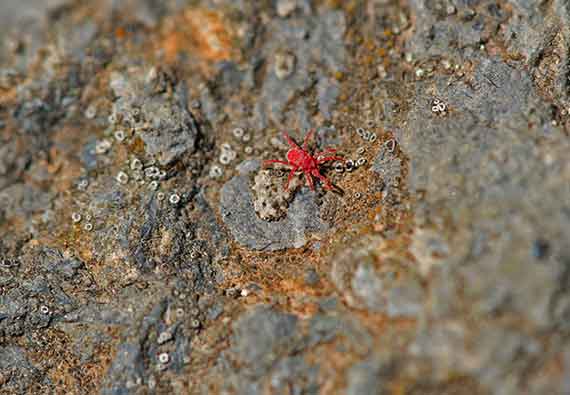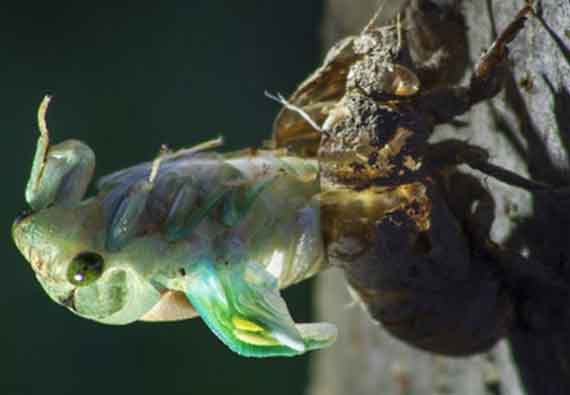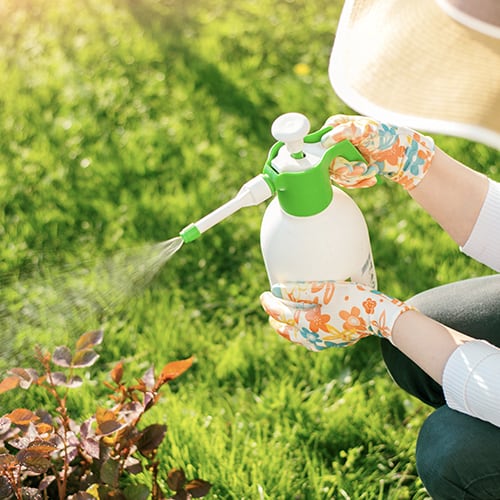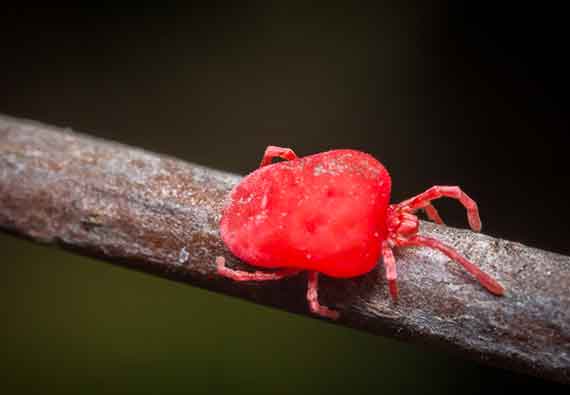Most growers around the world know about spider mites. As part of the mite family and closely related to ticks and spiders, these little insects are some of the most destructive pests known to farmers. Sometimes referred to as the two-spotted spider mites, red spider mites, or spruce spider mites, these little creatures are rather difficult to get rid of once they take hold of a farm.
The worst part of spider mite control is populations grow so quickly and they spread so fast that by the time a farmer recognizes the first signs of an infestation, there is a good chance that it will be already too late and even spider mite killer or insecticidal soap may not be enough.


